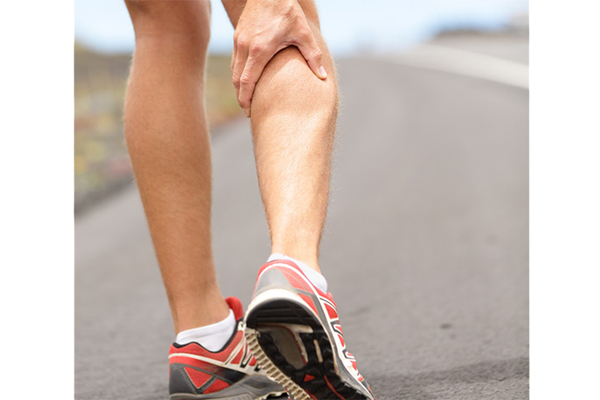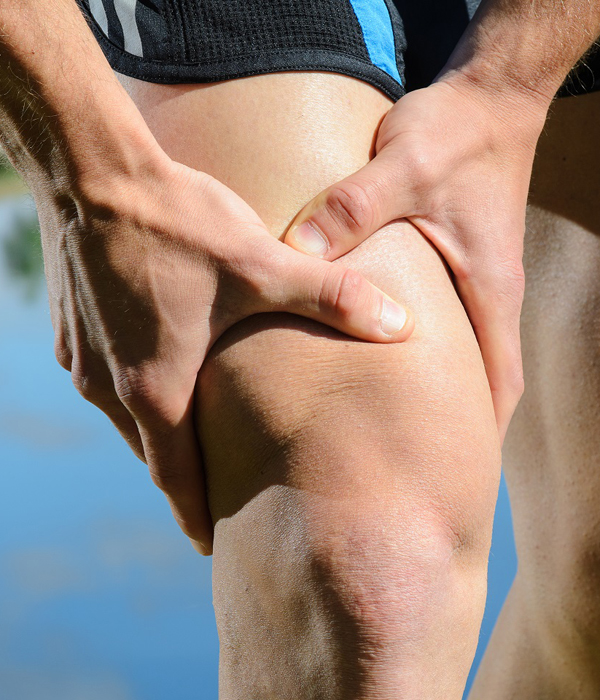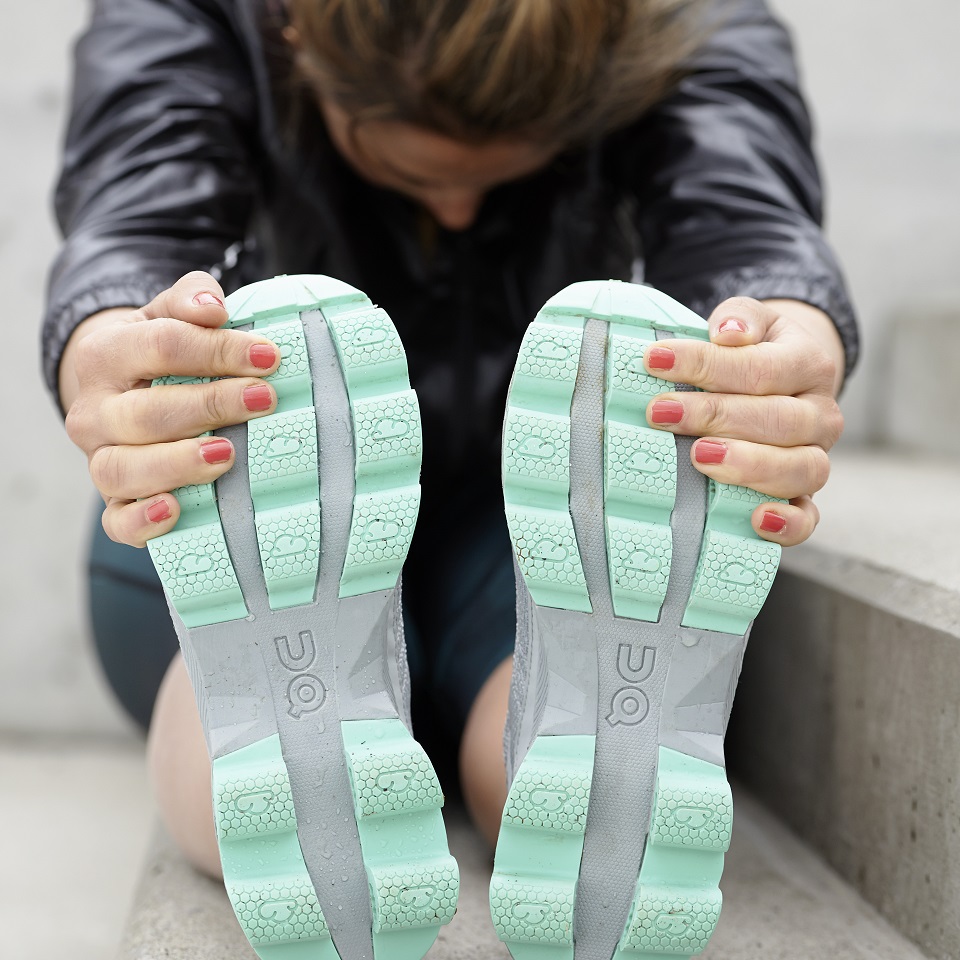THE MOST COMMON RUNNING INJURIES AND HOW TO AVOID THEM
Even the most experienced runners can be halted by a running injury. If you find yourself in pain, check out the tips below to prevent, treat, and recover from the most common running injuries. This blog explains how you can reduce your risk of injury and optimise your performance, whether you’re training for a 5k or a marathon.
What are the Early Signs of Running Injuries?
NIGGLES
A niggle is a mild but noticeable discomfort that often appears around a joint or within your muscles. It’s the kind of sensation that might make you wince or slow your pace, but not necessarily stop running altogether. Here’s what to look out for:
- Sensation of tightness or pulling in a muscle or joint
- Discomfort that makes you aware of every step
- Not severe enough to force you to stop, but persistent enough to notice
While running through a niggle is usually manageable, getting it checked out early is often the best way to prevent it from developing into a more serious injury. To help keep niggles at bay:
- Regularly stretch and use a foam roller
- Incorporate strength exercises into your routine
- Pay attention to any changes or escalation in discomfort
ILLNESS AND FATIGUE
Feeling unwell or unusually tired can signal that your body is struggling with the demands of your training. These early signs shouldn’t be ignored, as continuing to train when fatigued or ill can:
- Lead to a loss of running form
- Aggravate existing niggles or minor injuries
- Increase your risk of developing more significant injuries
To manage illness and fatigue:
- Keep a training diary to monitor your energy levels and overall health
- Mark off your training plan to control your mileage and recovery days
- Listen to your body and allow adequate rest when needed
Recognising and responding to these early warning signs is key to avoiding more serious running injuries and maintaining consistent progress in your training.
The Common Running Injuries
- Plantar fasciitis (heel pain)
- Calf pain
- Shin splints
- Achilles Tendinopathy
- Running blisters
- Ankle pain/ ankle strain
- Hip pain
- Knee pain
- IT Band Syndrome
How to Immediately Treat Common Injuries:
A quick response to a running injury can make for a speedy recovery so if you start to feel pain stop running and if you can walk. If the pain goes away, you may be able to continue running but it’s best not to risk it.
Once home, start RICE immediately:
- Rest - Even if it means taking a few days or weeks or running it’s important to rest until you can run pain free. Don’t overstress your injury.
- Ice - Apply ice to your injury to reduce any swelling.
- Compression - Compressing the injury with a tubigrip or similar will help reduce swelling, supporting your injury to speed up recovery.
- Elevation - Raising your injury to rest higher than your heart will limit blood build-up, reducing stiffness and pain in the muscles or joints.
Most injuries are minor and heal fast, especially when you’re new to running. If the pain persists, seek medical attention before continuing your training.
How to Prevent Common Running Injuries
Prevention is always better than a cure; follow these steps below to help reduce your risk of injury and keep you on top of your game:
Correctly Fitting Trainers
Wearing poorly fitting trainers is one of the most common causes of running injuries, especially among beginners. Shoes that are too tight, too loose, or simply not suited to your running style can lead to blisters, foot pain, and even more serious injuries over time.
Make sure you’re wearing the correct running shoes for your running style by getting your video gait analysis at any of our Runners Need stores. Our expert fitters use video technology to analyse how your feet respond to every step to assess how much you pronate and where your foot strikes the ground to recommend the best shoe for you.
Insoles
Insoles are often seen as a remedy for running injuries, but they also play a crucial role in injury prevention. At Runners Need, a wide range of insoles is available to complement any footwear, regardless of the model.
Benefits of Using Insoles
- Enhance comfort and foot function inside the shoe
- Protect joints and soft tissues from excess stress
- Promote better running form and efficiency
- Allow for longer, more comfortable training sessions
In summary, insoles are not just a solution for existing injuries - they are a proactive tool for keeping runners healthy and comfortable, helping to minimise injury risk and improve performance.
Plan
A sensible training plan is one of the most effective ways to prevent running injuries. Increasing your mileage too quickly can overload muscles and tissues that may not be ready for the extra stress, often leading to strains, sprains, or overuse injuries.
Key Tips for Safe Training Progression:
- Follow the 10% Rule: Avoid increasing your weekly mileage by more than 10%. This gradual approach gives your body time to adapt and recover.
- Listen to Your Body: Pay close attention to how you feel during and after runs. Accumulated stress can sneak up on you, so it’s important to monitor both physical and mental fatigue.
- Adjust When Needed:
- If you’re feeling strong and energetic, it’s okay to challenge yourself with a tougher session.
- If you’re feeling tired, sore, or unwell, opt for a lighter workout or take a rest day.
- Track Your Progress: Keep a training diary or use a running app to monitor your mileage, intensity, and recovery. This helps you spot patterns and prevent overtraining.
By planning your training thoughtfully and listening to your body’s signals, you’ll reduce your risk of injury and enjoy more consistent progress in your running journey.
Post-Run Recovery
Proper post-run recovery is essential for reducing your risk of injury and ensuring your body is ready for your next workout. Taking a few simple steps after each run can help your muscles recover, replenish lost nutrients, and keep you feeling your best.
Key Elements of Effective Post-Run Recovery:
- Foam Rolling & Stretching:
- Focus on major muscle groups such as your quads, glutes, hamstrings, and calves.
- Foam rolling helps to relax tight muscles and relieve tension.
- Stretching increases flexibility and promotes blood flow, both of which reduce the risk of injury.
- Rehydrate Promptly:
- Aim to start rehydrating within the first 10–15 minutes after your run.
- Replace lost fluids even if you don’t feel particularly hot or sweaty, as dehydration can still occur.
- Nutrition for Recovery:
- Once you’ve begun rehydrating, move on to your post-run stretching routine and have a healthy snack.
- Choose a snack that combines carbohydrates and protein to refuel your muscles and kickstart the repair process.
- Eating the right nutrients immediately after your run ensures a faster, more effective recovery.
STRENGTHEN
Implement strength training into your running routine. Not only will it improve tissue and muscle tolerance but working these muscles will increase your endurance and improve your performance by reducing the energy required for each running stride.
Try one-legged lower body exercises like split squats, Bulgarian squats and step-ups to help improve strength in the legs and control in the hips.
Improve your core strength and pelvic control with planks, dead bugs, and rollouts.
All bridging exercises such as glute bridges, hip thrusts, bench bridges, and hamstring pull-ins help enhance the strength of overlooked but important posterior chain muscles, like glutes and hamstrings. Strengthening these essential muscles will help power your run.
CROSS-TRAINING
An active recovery (moving rather than sitting) is a great way to maintain your fitness while giving your running muscles a break.
Try yoga and Pilates to boost your core strength and flexibility, aiding pelvic control and restoring tissue balance.
Swimming, cycling, and rowing also help take the pressure off your running joints while keeping them active.
Don’t forget, if you start to feel pain, stop running and seek medical attention before continuing your training.
Running Injuries FAQs
The most frequent running injuries include knee pain, shin splints, Achilles tendinitis, plantar fasciitis, stress fractures, and IT band syndrome. These typically result from overuse, improper footwear, or sudden increases in training intensity. Most injuries affect the lower legs, knees, ankles, and feet.
Prevent injuries by warming up properly, wearing well-fitted running shoes, and gradually increasing your mileage. Include strength training and cross-training, allow for rest days, and listen to your body’s signals. Avoid running on uneven or hard surfaces for long periods and maintain good running form.
Knee pain in runners is often caused by overuse, muscle imbalances, or poor running mechanics. Common issues include runner’s knee (patellofemoral pain syndrome) and IT band syndrome. Proper warm-up, strength training, and gradual progression in training can help reduce the risk of knee injuries.
If pain develops, stop running and rest the affected area. Apply ice, compression, and elevation for swelling. If pain persists after a few days, consult a healthcare professional for diagnosis and treatment. Avoid returning to running until you are fully healed.
Worn-out, poorly fitted, or unsupportive shoes can lead to injuries. Signs include persistent foot, ankle, or knee pain, uneven wear on the soles, and discomfort while running. Visit a specialist running shop for a gait analysis and professional shoe fitting to reduce your risk.
Worn-out, poorly fitted, or unsupportive shoes can lead to injuries. Signs include persistent foot, ankle, or knee pain, uneven wear on the soles, and discomfort while running. Visit a specialist running shop for a gait analysis and professional shoe fitting to reduce your risk.
Yes, a proper warm-up (light jogging or brisk walking) prepares your muscles and joints for running. Stretching after your run helps maintain flexibility and may reduce muscle tightness. Both practices lower your risk of injury and support overall recovery.
Recover by resting the injured area, applying ice and compression, and elevating if swollen. Follow a gradual return to running, and consider cross-training or low-impact activities like swimming. Seek medical advice if pain persists or worsens.
Strength training strengthens muscles and joints, improving stability and reducing the risk of overuse injuries. Include exercises targeting your core, hips, and legs at least twice a week for best results.
Opt for clear, even, and reasonably soft surfaces like trails or tracks. Avoid running on uneven ground, sand, or concrete for long periods, as these can increase stress on your joints and raise injury risk.
Shin splints can often be relieved by resting and reducing high-impact activities that strain your legs. Applying ice to the affected area, wearing supportive footwear, and using shock-absorbing insoles can also help. Gentle stretching and strengthening exercises for your calves and shins promote recovery and prevent recurrence.
You May Also Like:

Getting back into running after some time off always comes with its stresses. Whether you are returning from injury or just coming back after a spell of time off, it’s important to keep up motivation and train sensibly to prevent further injury. We follow Runners Needs buying director Francisco Baratta on his journey of recovery to his former fitness post injury - this week he shares with us his top 6 tips for getting back into running.






